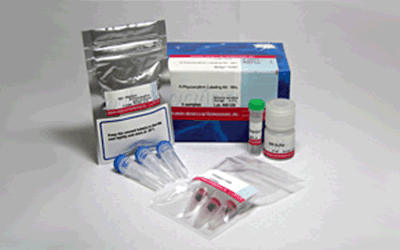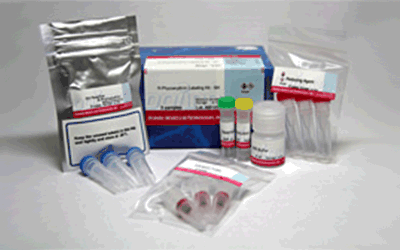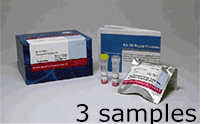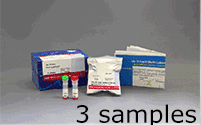Ab-10 Rapid R-Phycoerythrin Labeling Kit
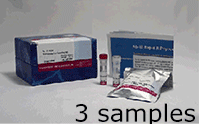
Antibody Labeling
- Small Quantity of Antibody Requirement : 10 ug Antibody Sample Labeling
- Easy Labeling Procedure : Just Mix Antibody and Labeling Agent
- Rapid Labeling : Less than 30 minutes
-
Product codeLK34 Ab-10 Rapid R-Phycoerythrin Labeling Kit
| Unit size | Price | Item Code |
|---|---|---|
| 3 samples | $350.00 | LK34-10 |
| 3 samples | ・Reactive R-Phycoerythrin ・Reaction Buffer ・Stop Solution |
×3 100μl×1 100μl×1 |
|---|
Description
Ab-10 Rapid R-Phycoerythrin Labeling Kit is for labeling R-Phycoerythrin to 10 µg antibody in less than 30 minutes. Labeling agent included in the kit has succinimidyl ester group , which can easily make a covalent bond with an amino group of the target antibody without any activation process. The kit contains all the necessary reagents for antibody labeling.

Fig. 1 IgG Labeling Reaction of NH2-reactive R-Phycoerythrin

Fig. 2 Labeing Procedure
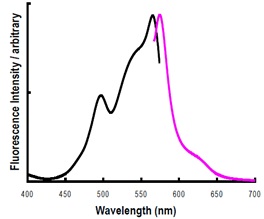
Fig. 3 Fluorescence Spectrum of R-Phycoerythrin
| Developer | Dojindo Molecular Technologies, Inc. |
|---|
Manual
Technical info
Precaution
♦ Use 0.5-1 mg/ml of antibody solution for labeling. If the antibody concentration is higher than 1mg/ml, dilute the antibody solution with PBS.
♦ If the sample solution contains small insoluble materials, centrifuge the solution, and use the supernatant for the labeling.
♦ The microtube in this kit contain solutions. Since there is a possibility that the droplets might be attached to the inside walls or caps, please centrifuge to drop the droplets prior to opening.
♦ Some additives in antibody solution may interfere with the labeling if the concentration is too high. The maximum compatible concentrations of such additives are indicated on Table 1.
♦ After a Reactive Fluorescent is removed from the seal bag, keep the unused Reactive Fluorescein in the bag, seal tightly and store at -20ºC.Store the other components at 0-5ºC.
♦ Since reactive reagent binds to an amino group in antibody, there is a possibility that the labeled antibody loses the antigen recognition ability (Table 2).
Table. 1 Compatible concentrations of the additives

Table. 2 Non-Compatible Antibody

Experimental Data
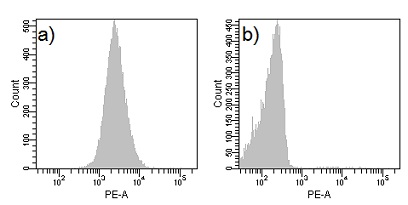
Fig. 4 Staining HL60 cells with R-Phycoerythrin labeled antibody
a) R-Phycoerythrin labeled-mouse anti-CD13 antibody
b) R-Phycoerythrin labeled-mouse antibody (Isotype)
Handling and storage condition
| 0-5°C, Protect from moisture |







